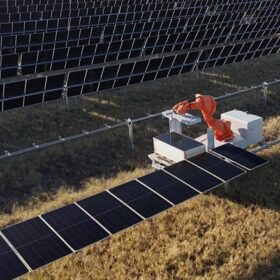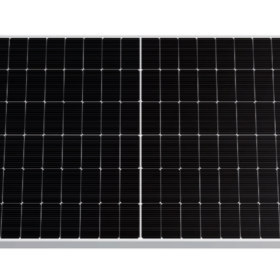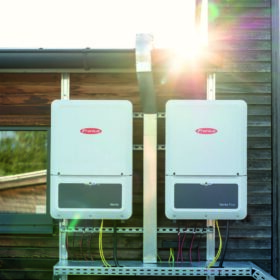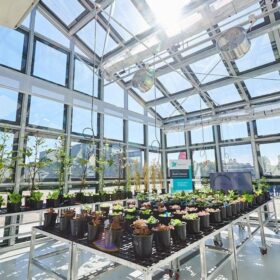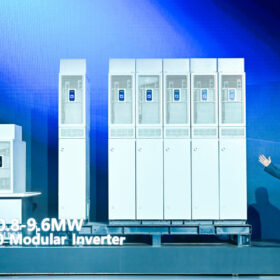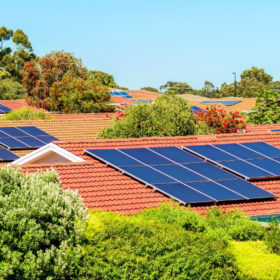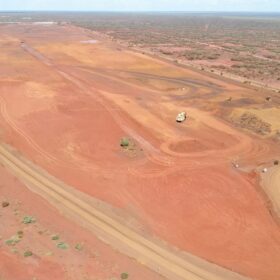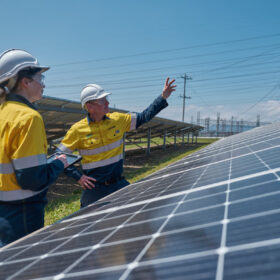Leapting robot completes install of 10,000 PV modules
An AI-driven solar module-mounting robot has wrapped up its first commercial installation project in the Australian market, deploying almost 10,000 modules in less than 10 weeks.
Gautam Solar presents 23.69%-efficient 640 W TOPCon solar module
The Indian manufacturer said its new TOPCon solar panel is based on rectangular bifacial solar cells and is certified by the Bureau of Indian Standards.
Landowners push plan for Tasmania solar and storage project
A group of Tasmanian landowners is seeking Australian government approval to develop a 250 MW solar farm and 144 MW / 576 MWh battery energy storage system in the state’s Central Highlands region.
EPC Solar eyes Fiji as entry point into Pacific region
Canberra-based renewable energy company EPC Solar has made its first foray overseas, launching into Fiji where it says it has a pipeline of more than 40 potential solar and energy storage projects.
Fronius launches hybrid inverters for residential, commercial applications
The Austrian manufacturer said its new hybrid inverters can increase the usable output of the PV system to up to 150%. They are available in six version with rated AC power ranging from 15 kW to 33.3 kW.
ClearVue lands tax credits to progress second generation insulated solar glass
Smart building materials company ClearVue Technologies has received over $1 million in research and development tax credits from the Australian Taxation Office, to progress a suite of projects, including its Generation 2 insulated solar glass.
Sungrow releases modular inverter for utility-scale solar
The Chinese manufacturer said its new product uses inverter units with an output of 800 kW, of which 12 can be connected in parallel. It can work in weather of up to 52 C.
Engie trial flips fears of solar tax to help customers earn from solar curtailment
Uptake of an ENGIE and SA Power Networks trial offer to help manage periodic oversupply of household rooftop solar energy – by rewarding customers – has seen its cap of 50 households double to 100.
Fortescue begins works at Cloudbreak solar farm
Construction has begun on a 190 MW solar farm at Fortescue’s Cloudbreak mine site in the Pilbara region of Western Australia as the iron ore and green energy giant forges ahead with its decarbonisation plans.
AusNet advances connection works for FRV hybrid projects
The path for Fotowatio Renewable Ventures to build two hybrid solar and energy storage projects in central Victoria has been smoothed with electricity distribution company AusNet revealing it is “unconditionally” progressing the connection works for the hybrid installations.
